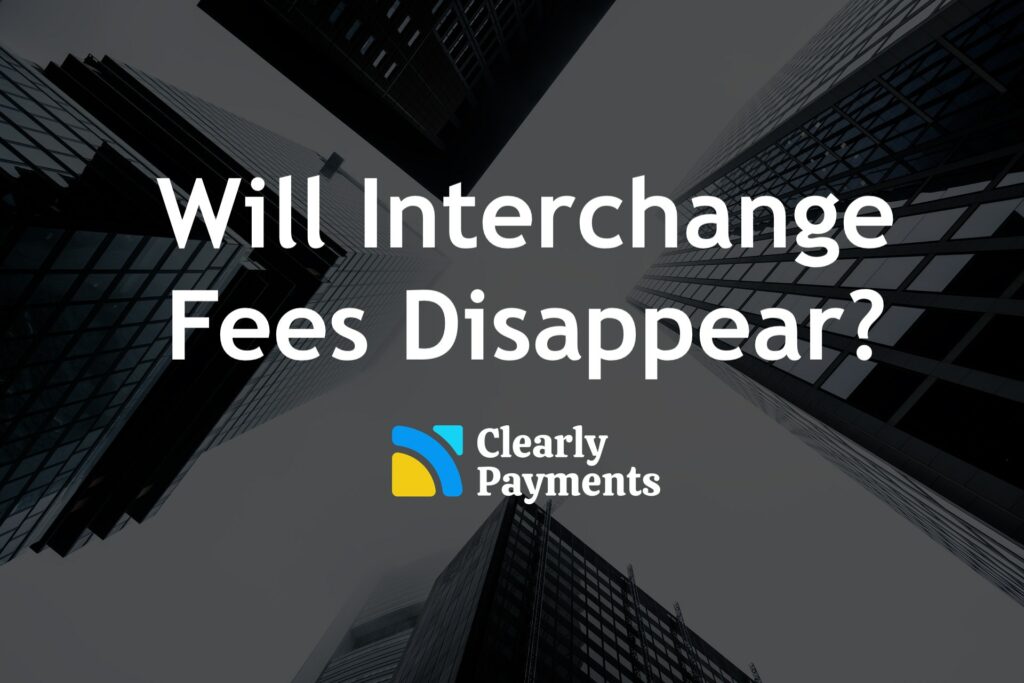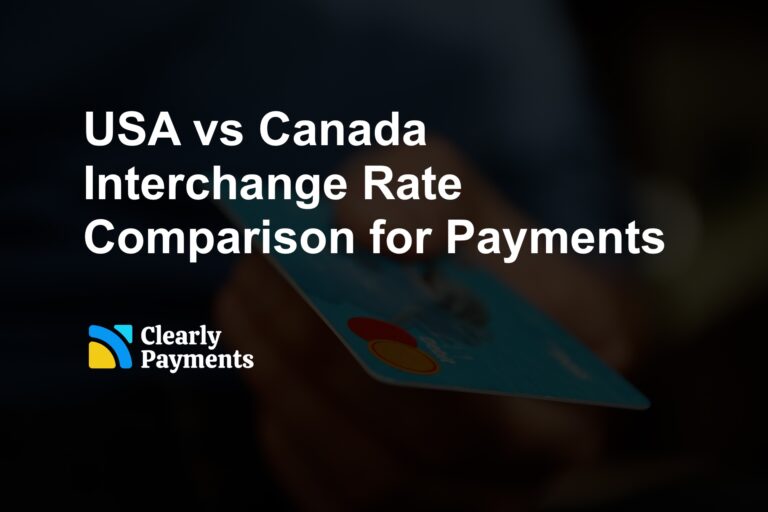Interchange fees are a crucial component of the credit and debit card payment system. They serve as a revenue source for card issuing banks which use the funds to cover the cost of issuing and maintaining credit cards, as well as to fund rewards programs and other cardholder benefits. The fees also play a role in maintaining the security and reliability of the payment system by helping to offset the costs of fraud prevention and chargeback management.
Despite their importance, there has been growing debate over the years about whether interchange fees are fair to merchants and consumers. Some argue that the fees are too high and that they lead to higher prices for goods and services. Others say that the fees are necessary to maintain a secure and reliable payment system and that reducing them would result in less innovation and fewer rewards programs for cardholders.
So, will interchange fees disappear? The answer is not a simple one. On one hand, some countries have already taken steps to reduce the amount of interchange fees that merchants must pay. For example, in the European Union, interchange fees on debit card transactions have been capped at 0.2% of the transaction value. And in Australia, the Reserve Bank has implemented reforms aimed at reducing the cost of card acceptance for merchants. You can read our full article on “Interchange Rates by Country.”
On the other hand, the continued growth of credit card payment systems suggests that interchange fees will remain a part of the payments landscape for the foreseeable future. Card payments continue to be a popular and convenient way for consumers to make purchases and merchants are often willing to pay the fees in order to offer their customers more payment options.
It is also worth noting that reducing interchange fees too dramatically could have unintended consequences for both merchants and consumers. For example, if the fees were reduced to such a low level that card issuing banks were no longer able to cover their costs, they may be forced to reduce rewards programs, increase fees for cardholders, or cut back on security measures. This, in turn, could lead to less innovation in the payments space and a less secure payment system for everyone.
While it is possible that interchange fees will continue to evolve and potentially decrease in the future, it is unlikely that they will disappear completely. The fees play an important role in maintaining the security and reliability of the payment system and as long as credit card payments remain popular, they will likely continue to be a part of the payments landscape.
What could cause interchange rates to disappear?
Although it is unlikely that interchange rates will completely disappear because they are an important part of the financial ecosystem, there are a few scenarios that I believe could lead to a reduction or elimination of interchange rates.
The first case is government regulation. Governments may decide to regulate interchange rates to make them more transparent and competitive. This could lead to lower interchange rates for some transactions, but it is unlikely that they would disappear altogether. Interchange rates differ by country. Some countries have higher regulated interchange fees than others.
The second case that could cause interchange rates to disappear is a shift towards an alternative payment method. As more people shift towards alternative payment methods such as digital wallets and cryptocurrency, the volume of credit card transactions that rely on interchange fees may decrease. This added competition may force issuing banks and the credit card brands to decrease rates. In an extreme case, these payment alternatives could completely wipe out credit card use.
The last scenario that could decrease interchange fees is competition from non-traditional financial institutions. Non-traditional financial institutions such as fintech startups and tech giants, like Google and Amazon, may disrupt the traditional banking industry by offering direct payments that bypass traditional interchange fees. Amazon, for example, could develop “Amazon Points” that allow people to pay with their points rather than credit cards. This would significantly decrease the revenue generated for issuing banks and payment networks. Therefore, interchange fees may need to be lowered to entice Amazon back to using credit cards.




